
Photographs from the anatomical collection of
Musée Dupuytren
Faculté de Médecine,
Université Pierre & Marie Curie,
Les Cordeliers, Paris
February 2008
Hydrocephalus skeletons
Musée Dupuytren is a medical museum in Paris named for the prominent French military surgeon and anatomist Guillaume Dupuytren (1775–1835). Established in the year of Baron Dupuytren’s death and at his bequest by Spanish toxicologist Mathieu Orfila (1787-1853), the museum initially gathered collections from throughout the faculty of Université de Paris. By the 1840s, the first catalog listed over a thousand specimens, and this number had grown to more than six thousand by the 1870s.
At the time of my visit in 2008, the collection was housed at 15, rue de l'École de Médecine, Les Cordeliers, within the Faculté de Médecine of Université Pierre & Marie Curie, which has since been merged into Sorbonne Université. Despite continually adding important anatomical specimens and medical artifacts to the collection, the museum suffered several periods of decline and neglect. It was shuttered in 1937 and in the decades afterwards many specimens were lost or damaged through neglect. However, the museum was refurbished and reopened in 1967, only to close again in 2016 due to building upkeep and accessibility issues.
Following its closure, the museum was then officially moved to Sorbonne Université’s Campus de Jussieu (also known as Campus Pierre-et-Marie-Curie), where it is available to students and faculty but only open to the public during special events. Prior to the move, some of the collection was reportedly transferred to the Musée d'Histoire de la Médecine, located across the street from Les Cordeliers.
Special thanks to Dr. Patrice Josset and the staff of Musée Dupuytren for allowing me access to their collection.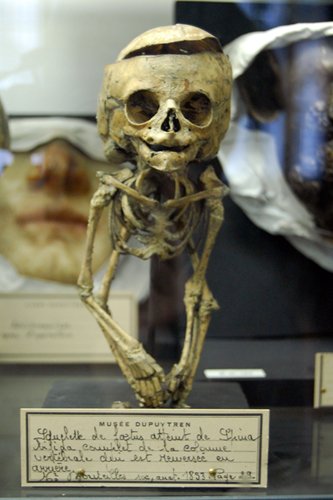
Spina bifida
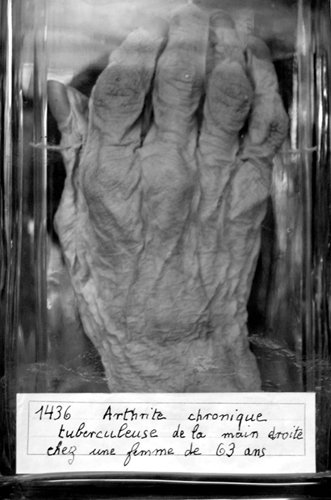
Arthrite chronique
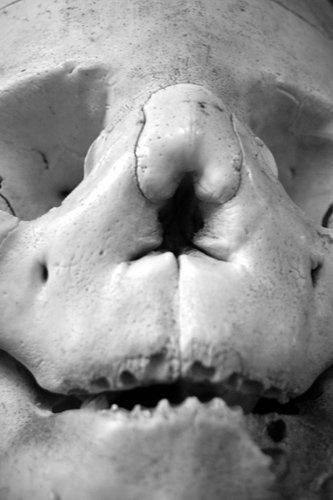
Hyperostosis
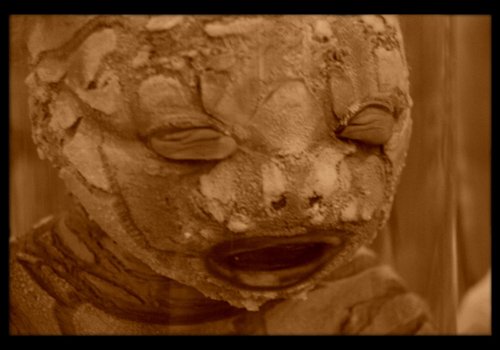
Harlequin ichthyosis
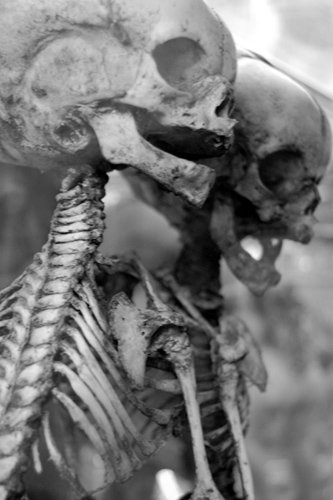
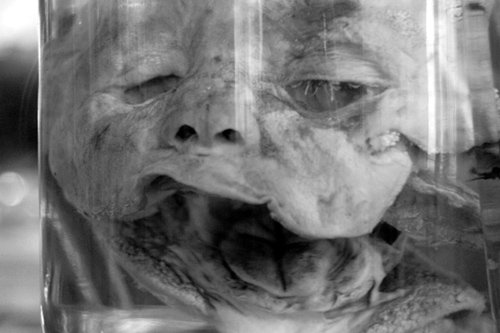
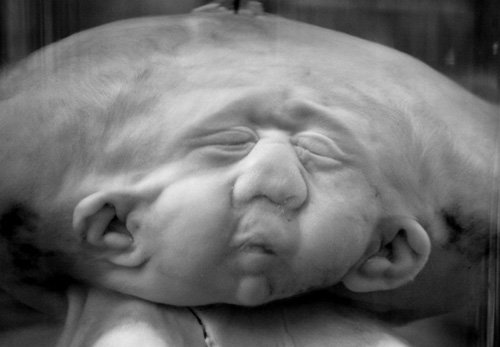
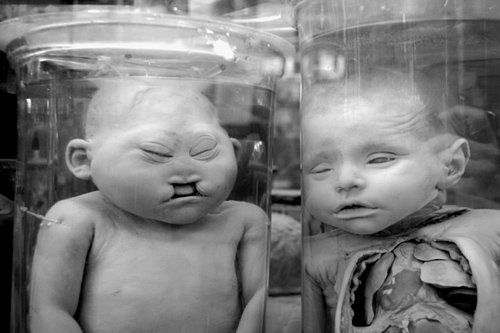
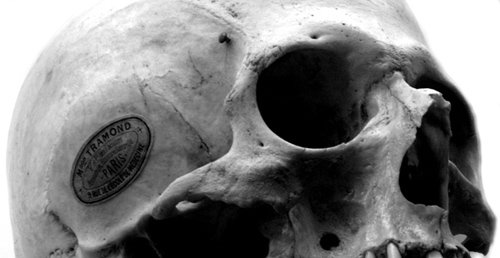
skull from Maison Tramond
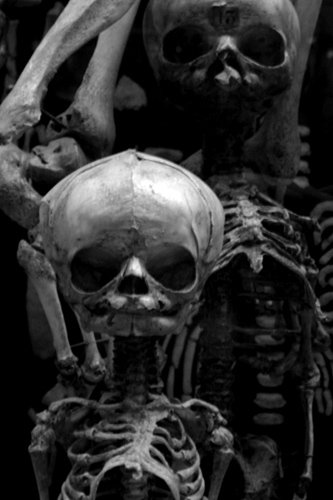
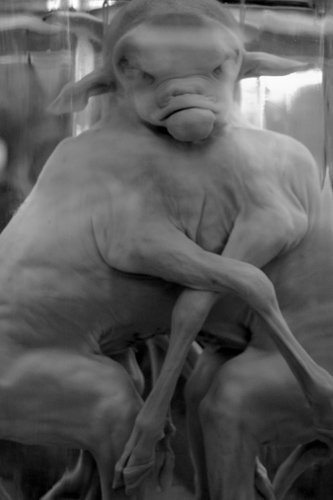
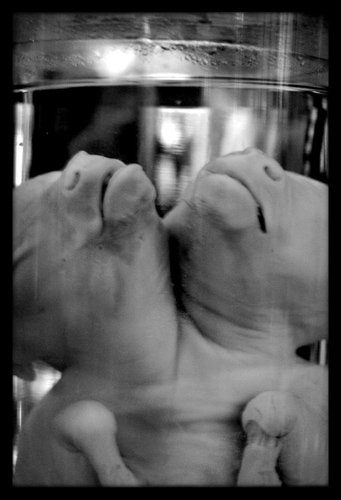
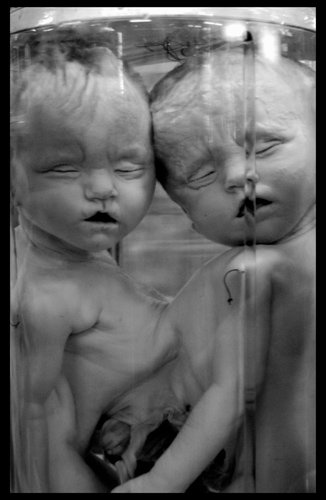

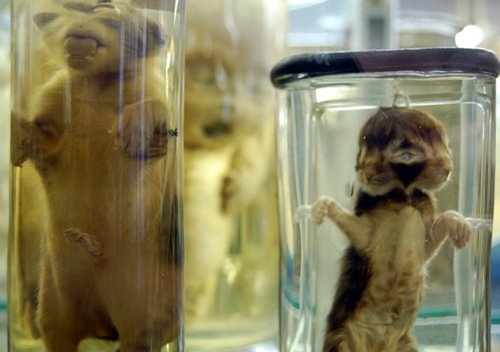
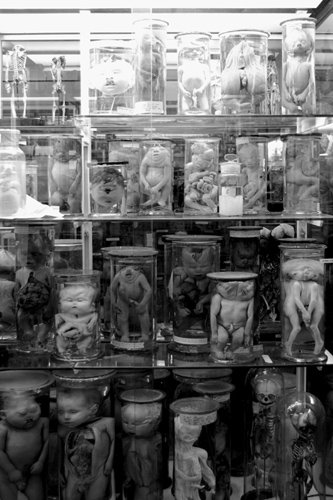
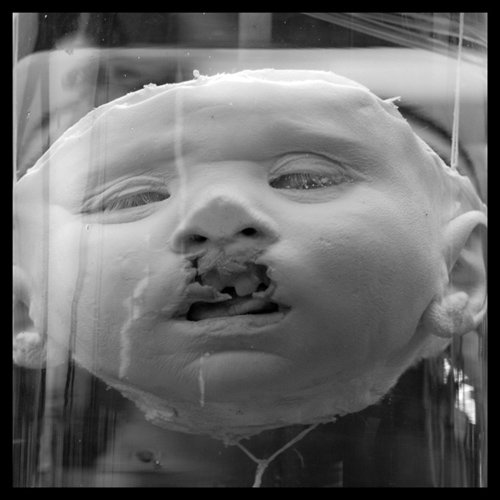
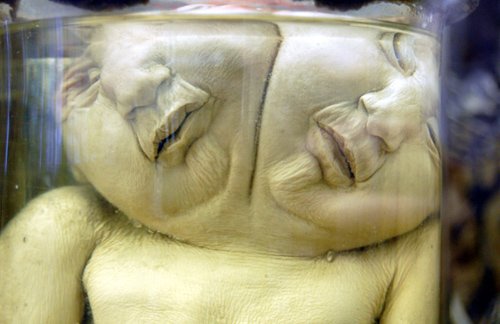
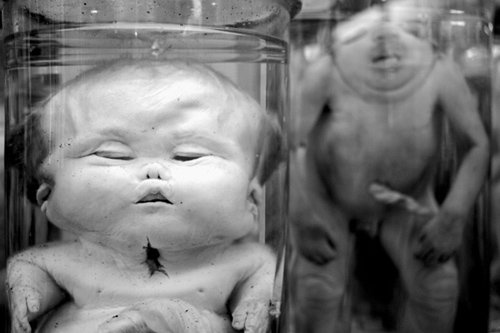
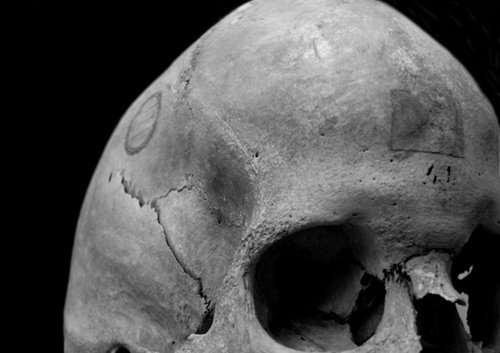
Skull No. 41
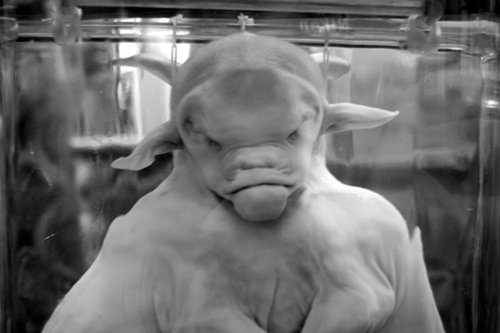

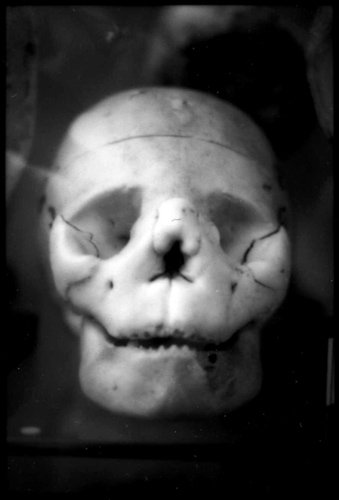
Hyperostosis - Excessive bone growth of the the skull
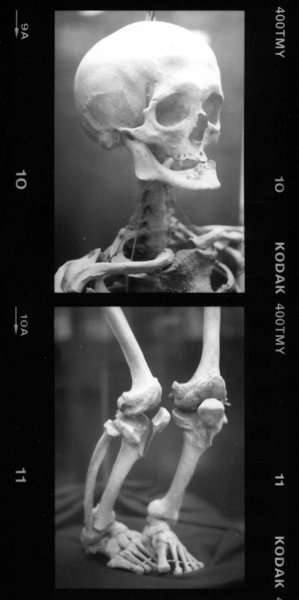
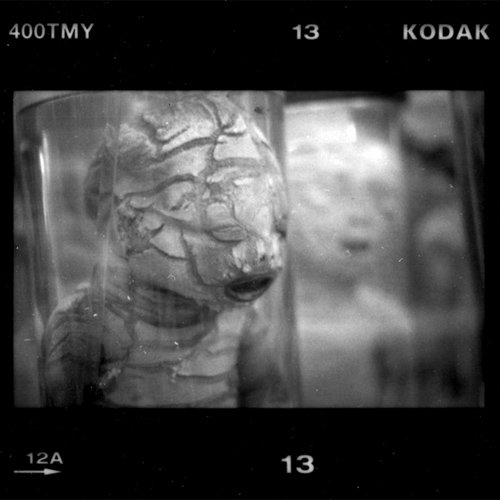
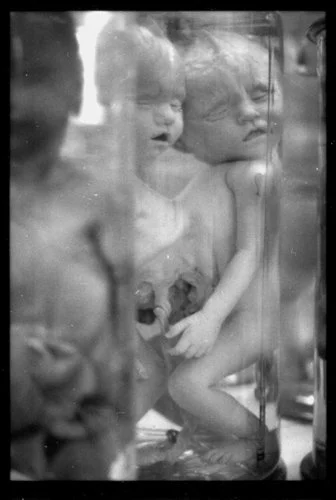
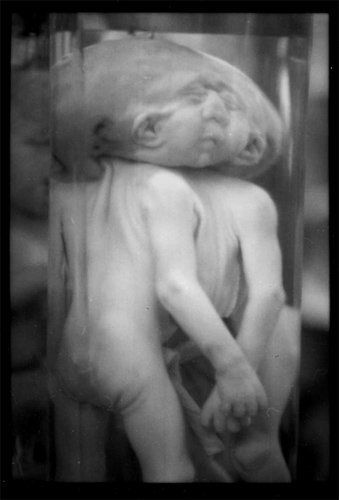
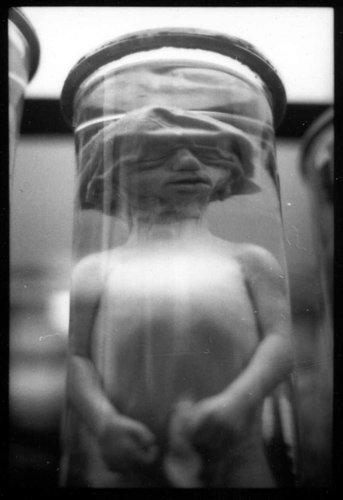
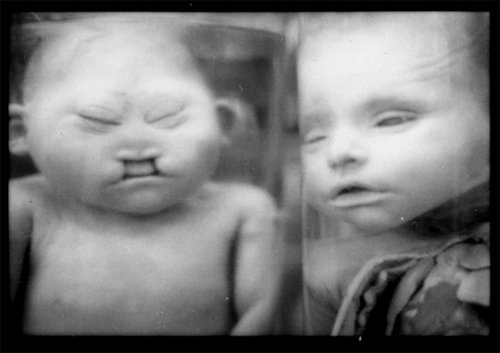
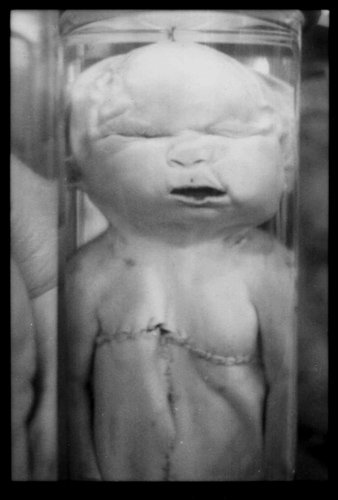
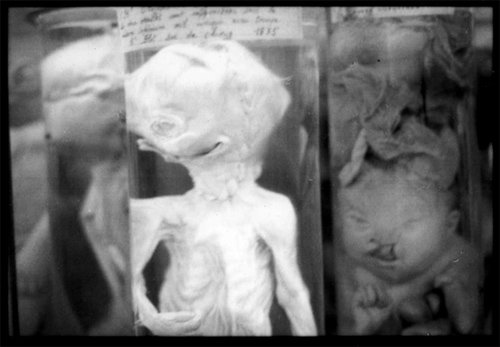
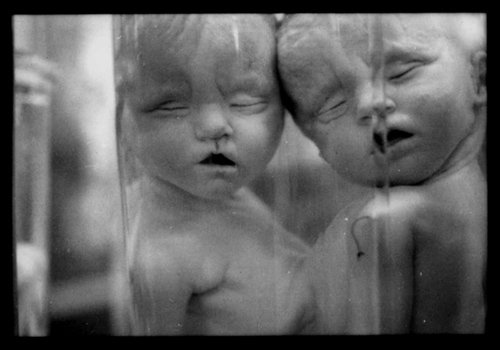
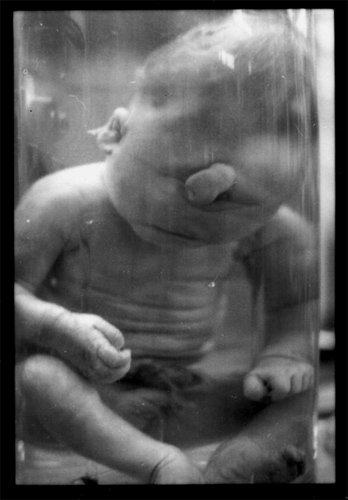
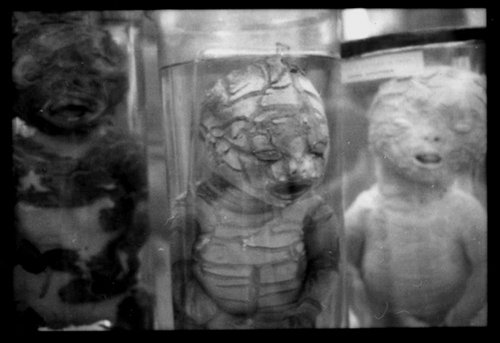
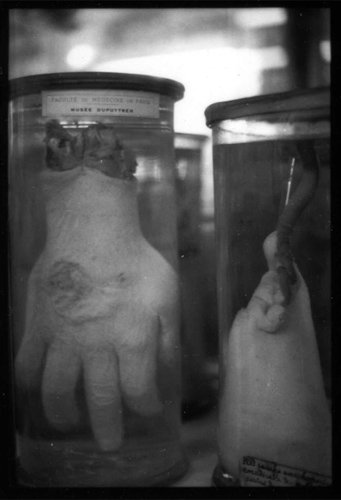
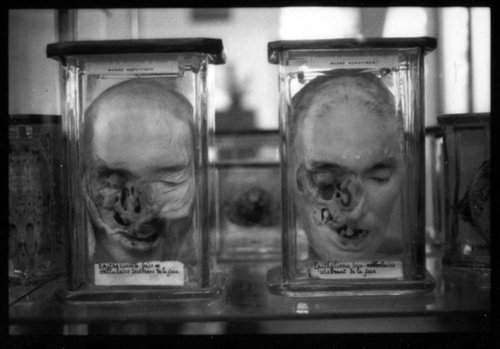
Matched set
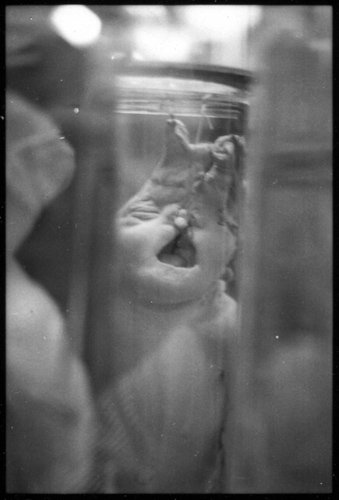
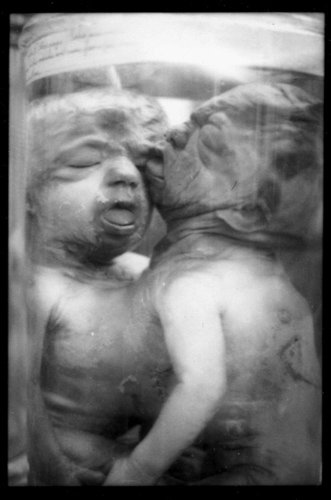

Wunderkammer
